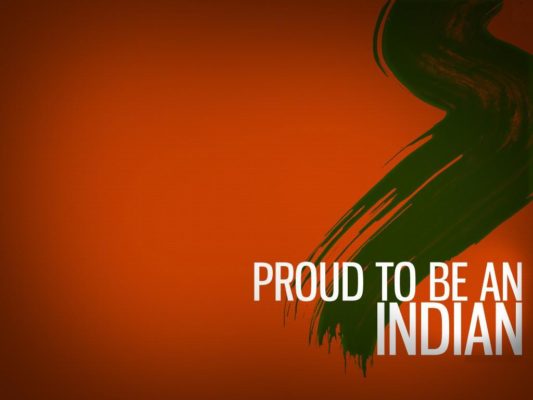Article Contents
INVENTION AND DISCOVERIES BY INDIA
India”s contribution to global research may seem negligible in the 21st century, but the fact remains that India has played a key role in education, products, ideas and technologies that are used in everyday life around the world (Invention and Discoveries by India).
The great Indian consumer still pays premium to the know-hows of technology that should have come to him at no extra cost. Patents are not something we invented but patents have certainly masked our capabilities. Had Patanjali applied for patent, many people around the world would not have benefited from yoga.
ZERO
There is enough evidence and acknowledgement that Indians are the first to use zero for arithmetic calculations. Without ”zero”, we cannot imagine about science and technology.
Many might argue that inventing zero in not ”rocket science” , but there is no rocket science without ”zero”. It is only after the invention of zero, did the scientific innovations of the cave man came to real practical use.
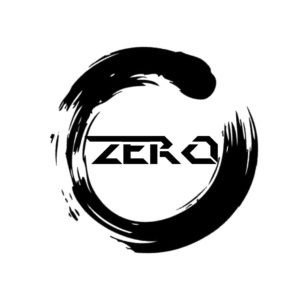
INK
More inks are used in Printer Cartridges these days, but Indians were the first to use them for writing/drawing. Though these inks differed from the modern ink (the early inks were made by burning bones,tar and pitch), documents using the Indian ink are still intact and legible. Many religious sutras were sourced from documents written using the Indian ink. (Invention and Discoveries by India)
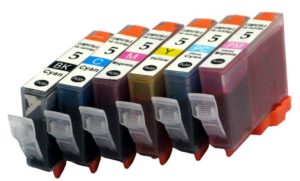
COTTON GIN
It was cotton which bought the east India company into India. Indians were growing cotton from time immemorial and they had developed many machineries to weed out seeds and extract raw cotton.
One such invention was ”COTTON GIN” , a variant of which is still in use. However, the modern version was patented by the inventor Eli Whitney.
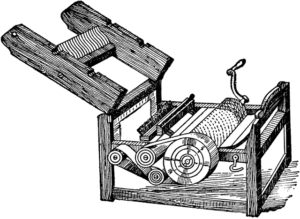
ROCKET ARTILLERY
Tippu sultan,the king of Sultanate of Mysore, was the first to use Rocket artillery in the war against East India company. It had a iron casing and a metal cylinder and produced enough thrust to propel for longer ranges. (Invention and Discoveries by India)

Inspired by its design, the British made use of the technology and developed a more sophisticated version which they used in the war against Napolean. But, the fact remains that rocket technology was first developed in India.
DIAMONDS
Known for their beauty, strength, hardness, durability and most notably for the prestige it brings to the owner/possessor, Diamonds, no doubt is the most valuable material on earth in terms of exchange value.
Mention about diamond trade is found in Arthasastra and India was the only source of diamonds until the discovery of diamonds in Brazil in the 18th century. Estimates tell us that the diamond trade in India is as old as 5000 year. Diamond is a metastable allotrope of carbon, where the carbon atoms are arranged in a variation of the face-centered cubic crystal structure called a diamond lattice.
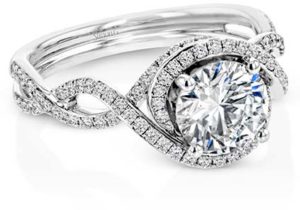
BUTTONS
Buttons were first used in Mohenjo-daro for ornamental purpose rather than for fastening. They were first used in the Indus Valley Civilization by 2000 BCE. It is made of a curved shell and about 5000 years old.” Functional buttons with buttonholes for fastening or closing clothes appeared first in Germany in the 13th century. They soon became widespread with the rise of snug-fitting garments in 13th- and 14th-century Europe.
In modern clothing and fashion design, a button is a small fastener, now most commonly made of plastic, but also frequently made of metal, wood or seashell, which secures two pieces of fabric together. In archaeology, a button can be a significant artifact. In the applied arts and in craft, a button can be an example of folk art, studio craft, or even a miniature work of art.
Buttons are most often attached to articles of clothing but can also be used on containers such as wallets and bags. However, buttons may be sewn onto garments and similar items exclusively for purposes of ornamentation. Buttons serving as fastener work by slipping through a fabric or thread loop, or by sliding through a buttonhole. Other types of fastenings include zippers, Velcro and magnets.
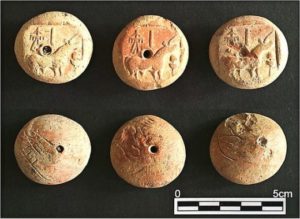
CHESS – (Invention and Discoveries by India)
Chess developed out of Chaturanga, which is an ancient strategy board game developed during the Gupta Empire in India around the 6th century AD.
The “Romantic Era of Chess” was the predominant chess playing style from the late 15th century to the 1880s. Chess games of this period emphasized more on quick, tactical maneuvers rather than long-term strategic planning. The Romantic era of play was followed by the Scientific, Hypermodern, and New Dynamism eras.
In the second half of the 19th century, modern chess tournament play began, and the first World Chess Championship was held in 1886. The 20th century saw great leaps forward in chess theory and the establishment of the World Chess Federation (FIDE). Developments in the 21st century include use of computers for analysis, which originated in the 1970s with the first programmed chess games on the market. Online gamingappeared in the mid-1990s. (Invention and Discoveries by India)

WATER ON MOON
ISRO’s Chandrayaan-1 made the startling discovery that our moon is not a dry ball of rocks. The discovery of lunar water is attributed to the Chandrayaan mission. Lunar water is water that is present on the Moon. Liquid water cannot persist at the Moon’s surface, and water vapor is decomposed by sunlight, with hydrogen quickly lost to outer space. However, scientists have since the 1960s conjectured that water ice could survive in cold, permanently shadowed craters at the Moon’s poles. Water molecules are also detected in the thin layer of gases above the lunar surface.
Water (H2O), and the chemically related hydroxyl group (-OH), can also exist in forms chemically bound as hydrates and hydroxides to lunar minerals (rather than as free water), and evidence strongly suggests that this is indeed the case in low concentrations over much of the Moon’s surface. In fact, adsorbed water is calculated to exist at trace concentrations of 10 to 1000 parts per million. In 1978 it was reported that samples returned by the Soviet Luna 24 probe contained 0.1% water by mass sample. Inconclusive evidence of free water ice at the lunar poles was accumulated from a variety of observations suggesting the presence of bound hydrogen.(Invention and Discoveries by India)
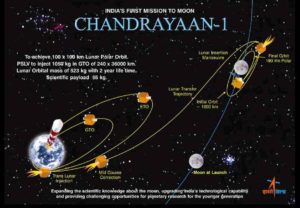
RADIO/WIRELESS COMMUNICATIONS
We all know that Marconi received a Nobel Prize in Physics in 1909 for contribution to the development of wireless telegraphy. But the first public demonstration of radio waves for communication was made by Sir Jagdish Chandra Bose in 1895, two years prior to Marconi’s similar demonstration in England.
Sir Bose was posthumously credited (more than a century later) for his achievement. The fact remains that this discovery truly shaped the face of modern wireless communication.(Invention and Discoveries by India)
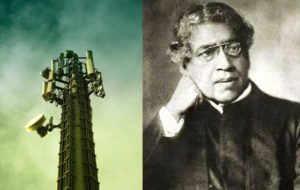
DECIMAL SYSTEM, QUADRATIC FORMULA
It was in 7th century CE when Brahmagupta found the first general formula for solving quadratic equations. The decimal system (or the Hindu number system), which was a precursor of the Arabic numeric system, was developed in India between the 1st and 6th centuries CE.
RULER
Rulers were first used by the Indus Valley Civilization prior to 1500 BCE. Made of ivory, the rulers found during excavation, reveal the amazing accuracy of decimal subdivisions on it.
